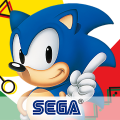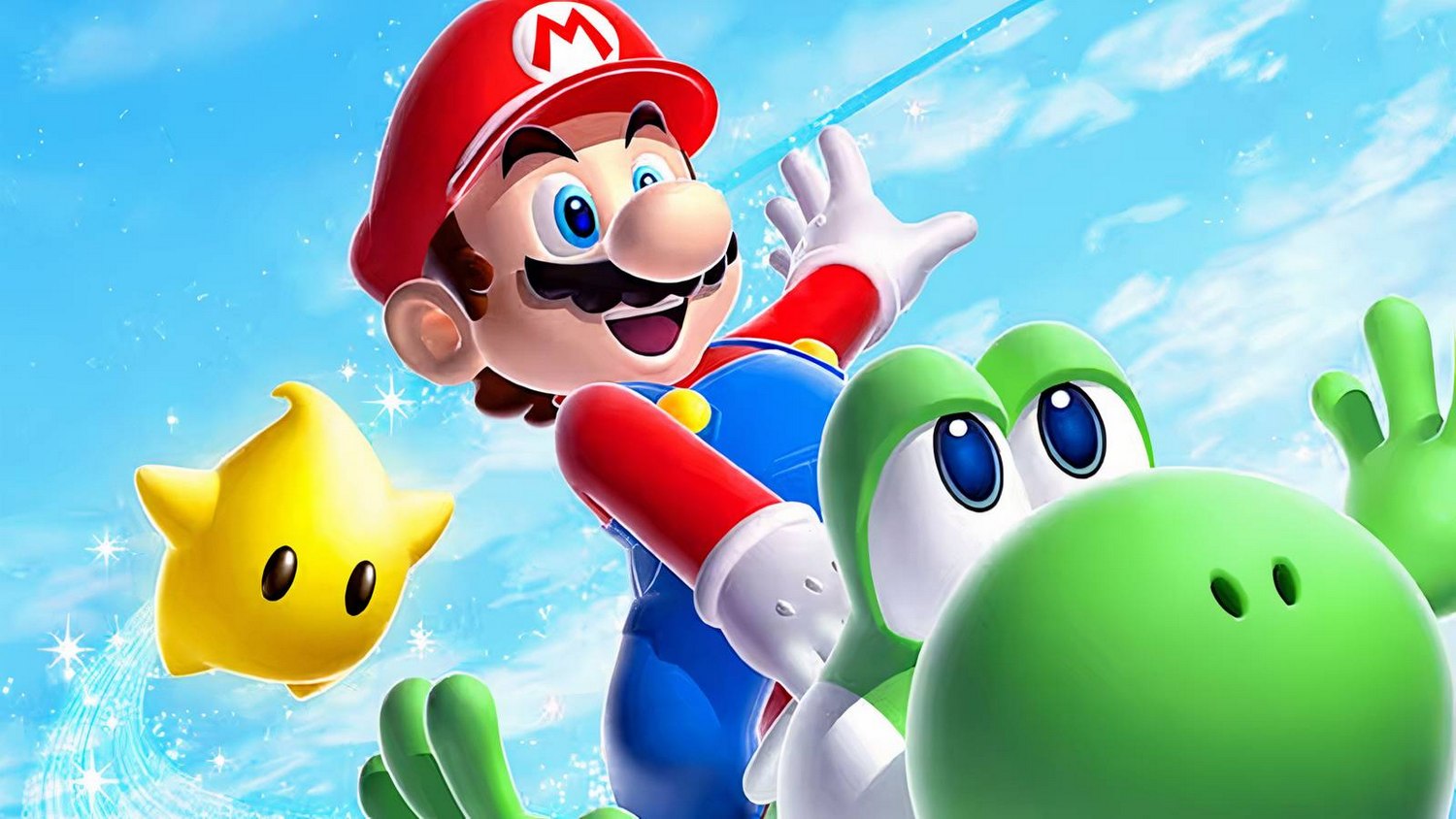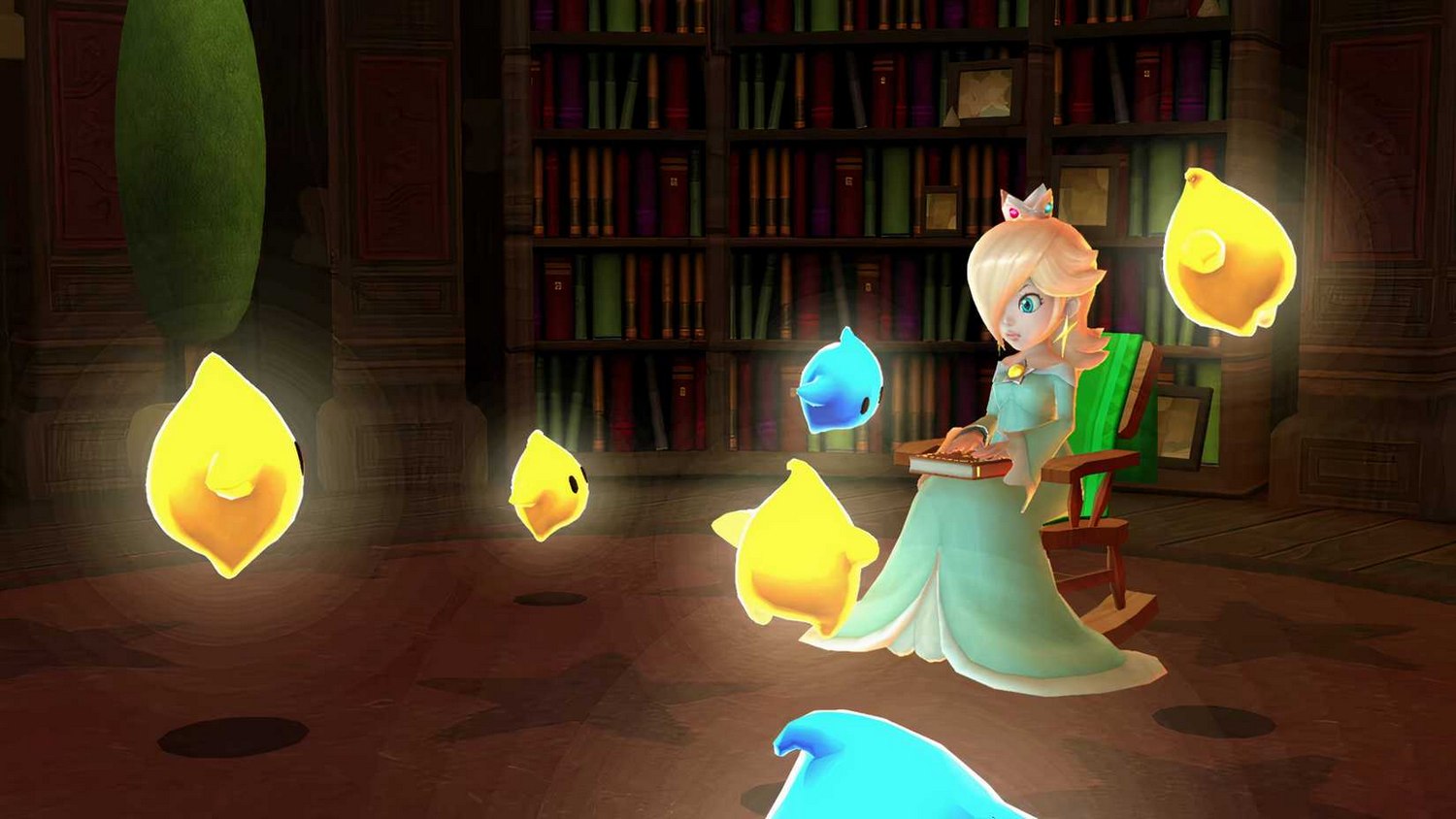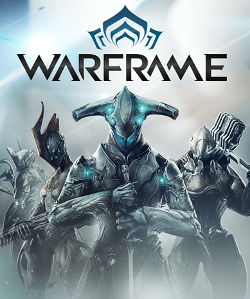Beyond the Cosmos: Why Nintendo’s Mario Galaxy Announcements Foreshadow a New Era
Popular Now
 Rust
Rust
 Schedule I
Schedule I
 The Legend of Zelda
The Legend of Zelda
 Candy Crush Saga
Candy Crush Saga
 Minecraft
Minecraft
 Valorant
Valorant
 Genshin Impact
Genshin Impact
 Sonic the Hedgehog™ Classic
Sonic the Hedgehog™ Classic
 NBA 2K24
NBA 2K24
 God of War Ragnarök
God of War Ragnarök
 The gaming world is still reeling from the double-barrel announcement that came out of the recent Nintendo Direct. In a move that few saw coming, Nintendo revealed not just one, but two major projects centered around one of its most beloved titles: Super Mario Galaxy. First, the long-awaited rerelease of both Super Mario Galaxy and Super Mario Galaxy 2 for the Nintendo Switch, complete with modern enhancements and new content. And just moments later, the confirmation of the next cinematic venture from Illumination and Nintendo, titled The Super Mario Galaxy Movie. On the surface, these are incredible standalone announcements, a celebration of the Mario franchise’s 40th anniversary. However, a closer look reveals that these back-to-back reveals are more than just a coincidence—they are a carefully orchestrated prelude to something far more significant: the launch of the Nintendo Switch 2 and the beginning of a new, unified multimedia strategy.
The gaming world is still reeling from the double-barrel announcement that came out of the recent Nintendo Direct. In a move that few saw coming, Nintendo revealed not just one, but two major projects centered around one of its most beloved titles: Super Mario Galaxy. First, the long-awaited rerelease of both Super Mario Galaxy and Super Mario Galaxy 2 for the Nintendo Switch, complete with modern enhancements and new content. And just moments later, the confirmation of the next cinematic venture from Illumination and Nintendo, titled The Super Mario Galaxy Movie. On the surface, these are incredible standalone announcements, a celebration of the Mario franchise’s 40th anniversary. However, a closer look reveals that these back-to-back reveals are more than just a coincidence—they are a carefully orchestrated prelude to something far more significant: the launch of the Nintendo Switch 2 and the beginning of a new, unified multimedia strategy.
The timing is everything. For years, fans have been clamoring for a proper re-release of Super Mario Galaxy 2, a title conspicuously absent from the 2020 Super Mario 3D All-Stars collection. Nintendo’s decision to bundle both critically acclaimed games together now, just as a new console is on the horizon, is a deliberate business move. The updated collection, which boasts 4K resolution on the Nintendo Switch 2 and 1080p on the original Switch, improved UI, new assist modes, and even extra pages in Rosalina’s storybook, serves a dual purpose. It’s a fantastic, high-value offering for current Switch owners while simultaneously being a showcase for the power and backward compatibility of the new hardware. This is a classic Nintendo tactic: provide a beloved, polished product that can serve as a bridge between console generations, easing the transition for consumers.
The tie-in with the new film is the masterstroke. The Super Mario Galaxy Movie, set to release in April 2026, directly builds on the cosmic themes and characters of the games. The expansion of Rosalina’s lore in the games’ new storybook pages is a direct connection to the cinematic universe, adding a layer of synergy that Nintendo has rarely explored before. This isn’t just a marketing gimmick; it’s a statement of intent. The company is no longer treating its gaming and film divisions as separate entities. Instead, they are being woven together into a single, cohesive narrative and commercial strategy. This approach creates a powerful feedback loop: the movie will drive new audiences to the games, and the games will provide a deeper, more engaging experience for fans of the film. This cross-media pollination is a powerful driver for game sales and V-Bucks purchases, as players look to acquire new cosmetics inspired by the movie.
 The Nintendo Switch 2 and the Strategic Launch Plan
The Nintendo Switch 2 and the Strategic Launch Plan
The dual announcement is the clearest indication yet of Nintendo’s strategy for the Nintendo Switch 2 launch. Historically, Nintendo has used major anniversaries and tentpole releases to mark new eras. The original Super Mario Bros. launched with the Famicom, Super Mario 64 with the Nintendo 64, and Super Mario Galaxy with the Wii. While the original Switch did not have a new 3D Mario game at launch, the immense success of The Legend of Zelda: Breath of the Wild filled that void. With the Switch 2, the company appears to be taking a different, yet equally calculated, approach. Instead of a single, brand-new title, they are offering a highly anticipated, upgraded collection of classics that will appeal to a broad demographic, from nostalgic veterans to new players who have been introduced to the franchise through the film.
This approach minimizes risk while maximizing hype. By leveraging the proven success of the Galaxy titles, Nintendo guarantees a strong initial software lineup for the Switch 2. The games have a pre-existing fan base, and their enhanced features make them an attractive proposition. The inclusion of new content, like the Rosalina storybook pages, adds a layer of novelty that prevents the package from feeling like a simple re-hash. This strategy is also smart from a development standpoint. Instead of a massive, years-long project for a new mainline Mario game, the company can release a high-quality, polished port while its main development teams work on the next true-to-form 3D Mario title for the new hardware, likely to be revealed later on. This buys them time and builds momentum, with CPC high keywords like “Nintendo Switch 2 price” and “best Switch 2 launch games” generating massive search traffic as consumers prepare for the new console.
 The Larger Picture: A Unified Media Empire
The Larger Picture: A Unified Media Empire
This dual announcement is part of a larger, more ambitious plan to create a unified and evergreen Mario media empire. The success of the first Super Mario Bros. Movie, which grossed over a billion dollars, proved that the Mario brand has immense commercial power beyond gaming. By tying the movie and the game re-releases together, Nintendo is building a self-sustaining ecosystem. The new amiibo figures, featuring Mario and Rosalina, also contribute to this ecosystem, providing in-game items and acting as collectible merchandise that further connects the digital and physical worlds. The upcoming release of the hardcover Rosalina storybook, while not including the new game content, adds another layer of collectibility and lore to the franchise, a testament to Nintendo’s newfound willingness to delve deeper into its characters’ backstories.
The synergy extends to other planned releases as well. Rumors and official announcements about other titles, such as Metroid Prime 4 and Pokémon Legends: Z-A, are also strategically timed to coincide with new hardware. This is a coordinated assault on the entertainment industry, using every available media channel to promote a single, powerful brand. The Super Mario Galaxy announcements are the opening salvo, a clear signal that Nintendo is taking its cross-media strategy more seriously than ever before. This is not just a game and a movie; it is a meticulously planned campaign designed to maximize engagement, revenue, and brand loyalty for years to come. In a world of fragmented entertainment, Nintendo is building a fortress around its most valuable intellectual property, and the stars of the Galaxy are just the beginning of this new, exciting journey.







